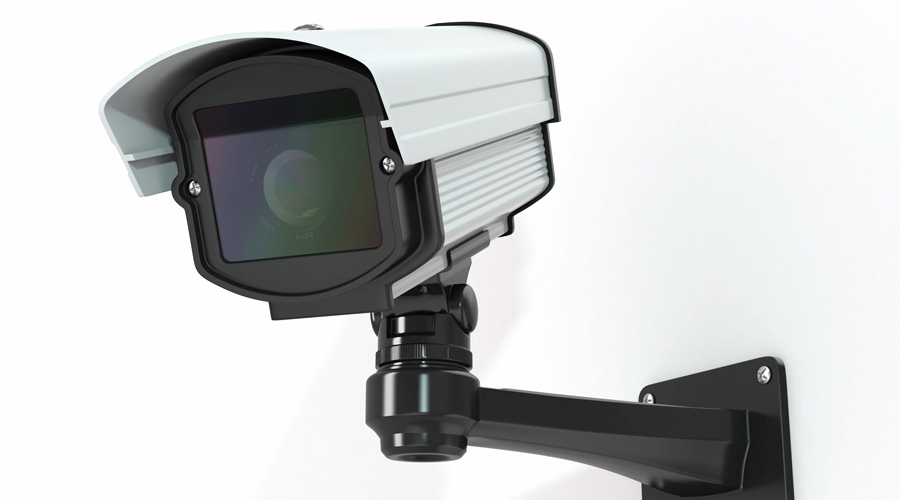Taking measures to secure your pharmacy before a burglary or robbery occurs can make all the difference.
“One of the most frequent questions I’m asked is, ‘How do I know when enough is enough?’” said Mike Warren, risk manager for Pharmacists Mutual Insurance Companies. “My answer is to start a self-assessment of what you currently do to protect yourself and then look at what has been happening in your area.”
How prepared are you for a burglary or robbery? We’ve put together 10 tips to help you quickly assess the security of your pharmacy.
1. Install an alarm system
Install a good alarm system and make sure to test it every six months. Cover all areas of the pharmacy, including back offices. A recent trend is for criminals to enter pharmacies through roofs or sidewalls into office areas where security cabinets, cash, alarm boxes and video surveillance equipment are kept. It’s also a good idea to have cell phone backup for your alarm system.
2. Use security cameras
Install security cameras inside and outside your store. Make sure to place a camera behind the cash register so that it faces the front counter. Inspect cameras regularly to ensure that they are functioning and storing recorded data. Video surveillance may deter a thief and is especially useful when reporting suspicious persons to the police.
3. Look at your building
If you have glass front doors and windows, look into ways to secure them. Breaking glass doors and windows is an easy way for thieves to get inside your store. Also take a look at your pharmacy’s doorframes. Aluminum-framed buildings may be more vulnerable to thieves who pry doors from frames. Talk with a contractor about ways to better secure your building.
4. Ask local police to conduct a security assessment
Your local law enforcement will be happy to point out any weak spots in your security and suggest ways you can improve. Learn the names of the officers who patrol your neighborhood and encourage them to stop by.
5. Keep the lights on
Make sure secluded areas are well lit, such as the rear of the building and side doors. Leave lights on after closing, especially around the pharmacy counter.
6. Use lock and alarm code best practices
Change locks, alarm codes and safe combinations when an employee leaves. Always restrict access to the narcotics cabinet to only essential personnel.
7. Create store opening and closing procedures
Make sure to have at least two employees open and close the store. Set regular store opening and closing procedures to optimize security.
8. Create burglary and robbery procedures
Train employees to greet customers as they enter the pharmacy. Your attention can discourage a robber. Also train employees to watch for people hanging around and not buying anything. Be aware of suspicious activity outside your business.
9. Check your locks
All locks should be burglary-resistant. Make sure every access point to your pharmacy is locked.
10. Post crime prevention signage
Deter potential thieves by posting crime prevention signage, such as signs saying that the property is protected by video surveillance.
Please note that the information provided is for reference only. It’s not meant to be all encompassing. Professional robbery training is available at no cost through rxpatrol.com or through your local law enforcement.
Sources: Pharmacists Mutual Insurance Company, U.S. Drug Enforcement Administration, Office of Diversion Control, Pharmacy Robbery & Burglary pamphlet












